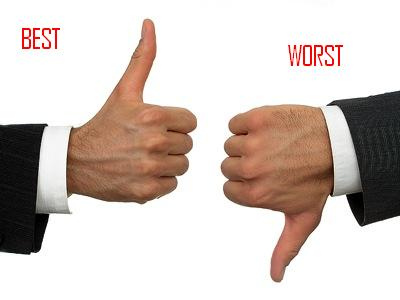 Best selling financial author, Meb Faber, is about to release a new book called Global Asset Allocation: A Survey of the World’s Top Asset Allocation Strategies.
Best selling financial author, Meb Faber, is about to release a new book called Global Asset Allocation: A Survey of the World’s Top Asset Allocation Strategies.
While it may not make your Kindle wish-list, Faber offers two conclusions that are illuminating. First things first. ‘Asset allocation’ refers to the balance between assets of different classes like stocks, bonds, metals, cash, etc.
He studied the long-term outcome of 15 of the 20 most popular asset allocation strategies over 40 years, only to conclude that asset allocation makes little difference at all.
I’ve long contended that Wall Street invents theories designed solely to stimulate transaction volume and velocity – which trigger fees and commissions –the lifeblood of Wall Street. Asset allocation, diversification, re-balancing, mutual funds, and others fall into this category.
All of which leads to Faber’s second, and more important conclusion: the fees and commissions that are siphoned from our accounts is a far greater determinant of our ultimate outcome.
According to Faber – if we implemented the absolute best asset allocation strategy starting in 1972 – and paid just 1% in management fees and 1.25% in mutual fund fees, the best asset allocation strategy would instantly turn into the worst.
The problem is, we don’t pay much attention to the fee drain in much the same way we don’t pay much attention to taxes. Fees are raked off the top of our account just as taxes are raked off the top of our paycheck. They’re largely invisible. When we don’t actually write the check – or hand over the cash – we don’t process the true ‘cost’ the same way as if we had.
Yet even for an average saver, the fee and commission drain can total well over $500,000 over a lifetime. That’s about $10,000/year for the accumulation and distribution phases of our lives. And while we can’t control the return our money earns – we do control the fee drain. We just don’t exercise that control the way we should.
Next time you pick up that account statement, visualize walking into your advisor’s office and peeling off a check for 2-5% of that balance. That’s what you’re paying – every year.
All of a sudden, that will hurt a bit more – and cause you to ask yourself perfectly logical questions like “what am I really getting for my money,” and “is there a better or less expensive way?”





